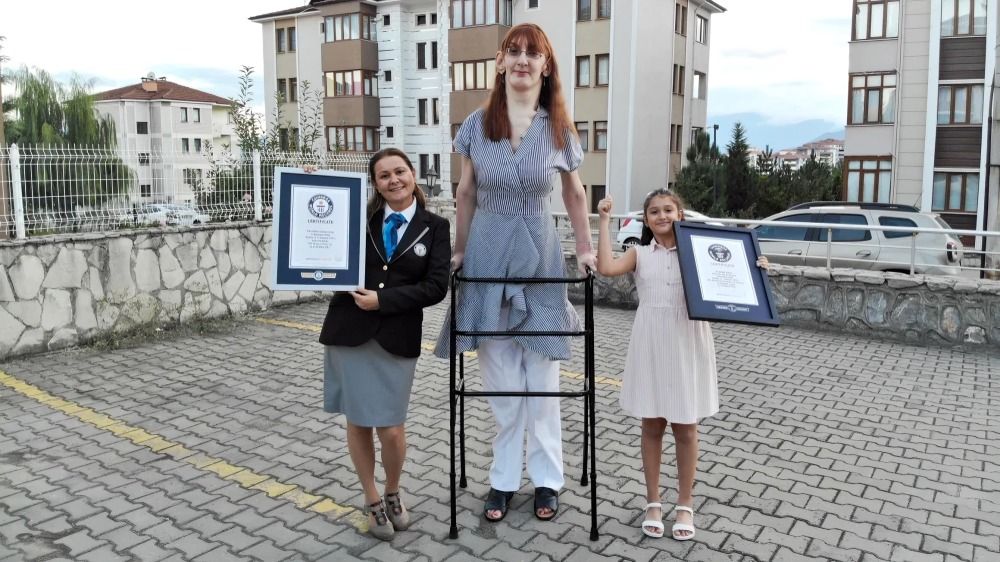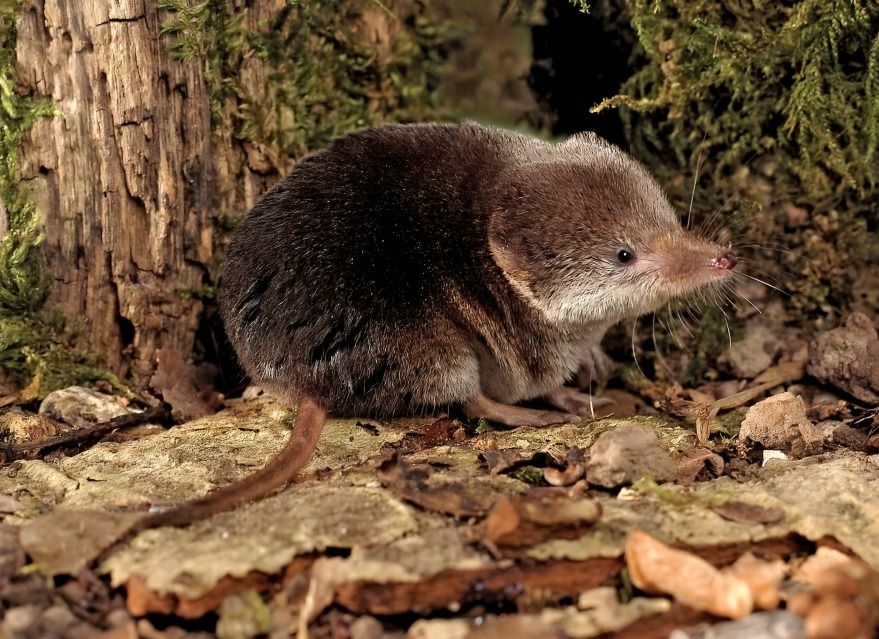
“
In this blog, we’ll explore the amazing world of our body's backbone—the spine! Buckle up for a fun adventure with "Spine Facts for Kids." Have you ever wondered how you can bend, twist, and stand tall? It's all thanks to your spine, like a super flexible rod running down your back. Get ready to learn how this incredible part of your body helps you move, play, and stay healthy!1
1
”
Did you know that you're taller in the morning? After a night’s sleep, your spinal discs rehydrate and expand, slightly increasing height. Gravity compresses these discs throughout the day, causing you to lose some of that height by evening. 1
Our spine is divided into three sections: the cervical spine (neck), the thoracic spine (middle back), and the lumbar spine (lower back). Each section has distinct functions and contributes to overall spinal flexibility and support. 2
While spinal traction dates back to ancient Egypt, the first documented spine surgery, a laminectomy, is credited to Paul of Aegina around 650 AD, marking a significant milestone in the history of medicine.3
Men typically have longer spines, averaging 71 cm, while women's spines average 61 cm, reflecting subtle anatomical variations between genders. These differences influence overall body proportions and contribute to posture and physical characteristics variations. 4
One of the most cutting-edge techniques in spine surgery is the use of artificial intelligence (AI). AI-powered systems can analyze patient data, assist in surgical planning, and provide real-time guidance during procedures. 5
The spine's remarkable flexibility allows it to bend ⅔ and flex, forming nearly two-thirds of a circle when separated from the body. This exceptional range of motion supports various activities, from bending forward to twisting sideways, crucial for everyday movements and activities. 6
Astronauts often return slightly taller from space missions due to reduced gravitational pressure on spinal discs. This absence of gravity allows spinal discs to expand and elongate, temporarily increasing an astronaut's height until returning to Earth's gravity. 7

The longest back of a living person (female) is 59.90 cm (23.58 in), held by Rumeysa Gelgi (Turkey), verified on February 19, 2022, in Karabuk. This record measures from the Thoracic (T1) to the Lumbar (L5) region.
The spine begins developing in babies just two months after conception, making it one of the earliest skeletal structures to form during fetal development. This early development underscores the spine's role in supporting prenatal growth and shaping overall body structure. 8

The hero shrew, a small African mammal, possesses an extraordinarily robust spine capable of supporting the weight of a human. This incredible adaptation allows it to navigate its subterranean environment, digging through tough soil and confronting predators with remarkable resilience.
Comprising over 120 muscles, about 220 ligaments, and approximately 100 joints, the spine's complex composition supports and facilitates movement throughout the body. These components work in tandem to provide stability, flexibility, and support for daily activities. 9
Both humans and giraffes have seven neck vertebrae, demonstrating a surprising anatomical similarity despite their vastly different sizes and lifestyles. This shared feature suggests evolutionary adaptations that support upright posture and efficient neck movement. 10

The greatest weight ever lifted by a human is 2,422.18 kg (5,340 lb), achieved by Gregg Ernst (Canada) on July 28, 1993. He backlifted two cars with drivers on a South Shore Exhibition, Nova Scotia platform.
The spinal cord weighs approximately 35 grams, yet it plays an incredibly vital role in the body. Despite its relatively small weight, it is essential for transmitting signals between the brain and the rest of the body, facilitating movement, sensation, and various bodily functions. 11
Smoking significantly increases the risk of back pain by reducing blood flow to the spine and weakening bones. These effects hinder the healing of injuries and diminish overall bone strength, making smokers more susceptible to chronic back problems. 12
More than 90% of the global population experiences back pain, predominantly in the lower back. This widespread issue underscores the spine's vulnerability to strain, injury, and degenerative conditions, impacting individuals of all ages and lifestyles. 13
A turtle's shell is a remarkable example of evolutionary adaptation. Formed from a fused spine and ribs, it creates a formidable protective structure that envelops the animal's vital organs. Interestingly, the shell's upper part, the carapace, is part of the turtle's skeleton. 14
The spinal cord is home to approximately 13.5 million neurons. These neurons are crucial in transmitting signals between the brain and the rest of the body, facilitating movement and sensory processing. 15
At birth, our spine consists of 33 individual vertebrae. However, some of these vertebrae fuse as we age, resulting in 24 vertebrae in most adults. This fusion forms the sacrum at the base of the pelvis and the coccyx, commonly known as the tailbone.16
The spine houses over 120 muscles, which contribute to its remarkable flexibility. This extensive muscle network allows us to perform various movements and utilize our spine throughout daily activities.17


